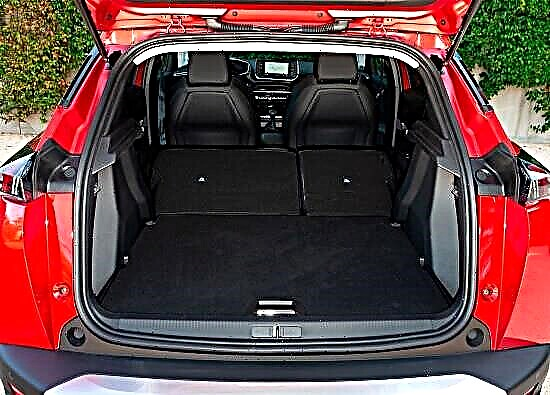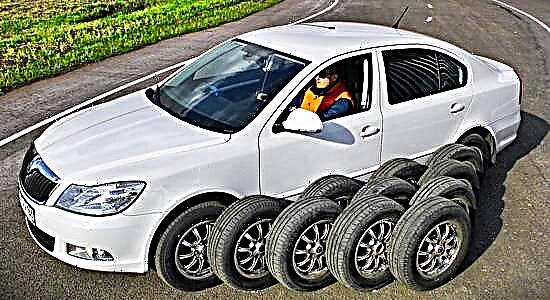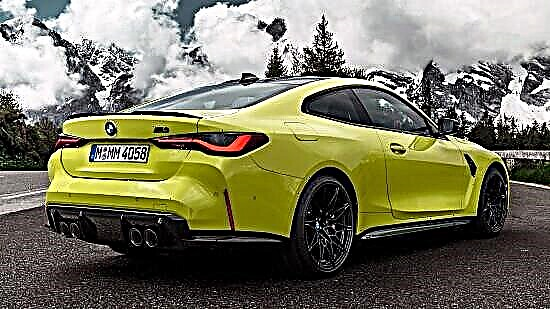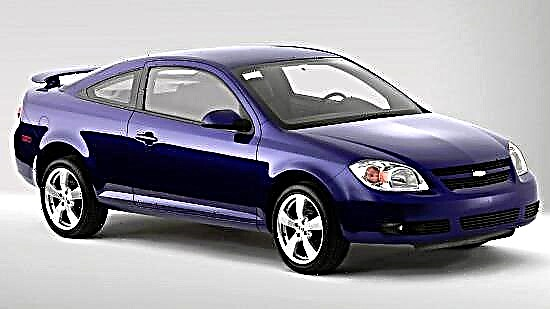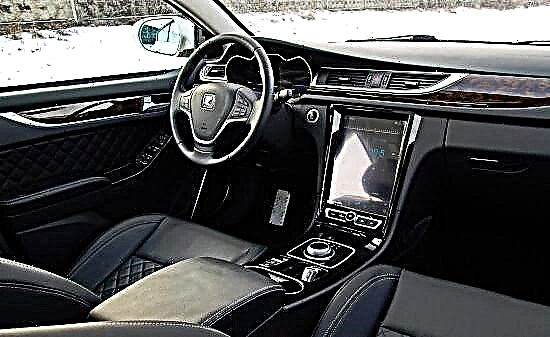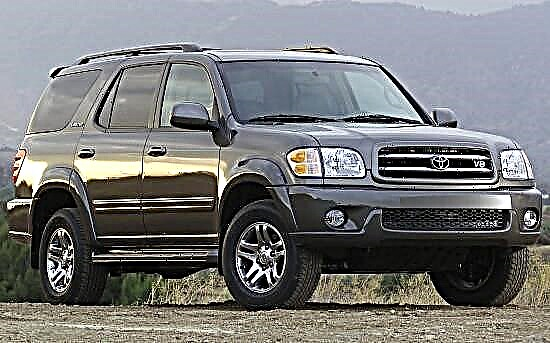The full-size, first-generation Toyota Sequoia SUV made its official debut in January 2000 at the North American Auto Show, and began mass production in the fall.

In 2004, as a result of the renovation, the car slightly “rejuvenated” externally and internally and received a modernized engine with a 5-speed “automatic”, after which it was produced in an unchanged state until the end of autumn 2007 (it was then that the next generation model was released).

The original Toyota Sequoia release is an eight-seat, full-size SUV measuring 5179 mm long, 1854 mm high and 2004 mm wide.

The wheelbase of the five-door is 3000 mm, and under the bottom it has a 250 mm ground clearance. In the "combat" state, the car weighs 2300 kg, and its total weight only a few does not reach three tons.
For the "Sequoia" of the first incarnation, a 4.7-liter atmospheric gasoline G8 was offered with a V-shaped structure, a 32-valve DOHC timing belt, multi-point power supply and variable valve timing technology, generating 243-282 horsepower and 427-440 Nm of peak thrust ( depending on the year of manufacture).

The engine was combined with a 5-band "automatic" (before the update with a 4-speed box) and rear or all-wheel drive with a Torsen center differential and electronic imitation of locks.
The "first" Toyota Sequoia is based on a powerful ladder frame with independent spring-link suspension at the front and dependent spring structure at the rear.
The car is equipped with rack and pinion steering with power steering and disc mechanisms of the brake complex (ventilated in the front) with ABS and other assisting electronics.
The first generation "Sequoia" was never officially supplied to the Russian market, but was imported into our country by "gray" dealers.
The advantages of an SUV are its brutal appearance, spacious and high-quality interior, reliable construction, powerful engine, excellent off-road capabilities, affordable service and much more.
There are also negative aspects in the arsenal of cars - high fuel consumption, weak brakes for such an impressive mass, poor head lighting and American units of measurement (miles, Fahrenheit, etc.).

